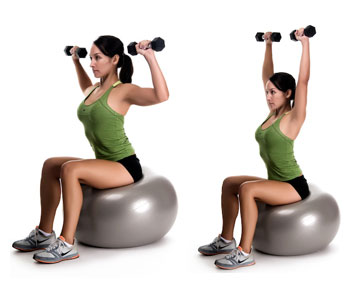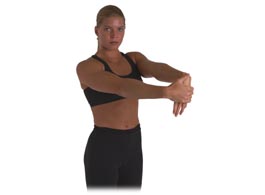
What do exercises have to do with relieving pain from a sore neck or back? Lots. Research in sports medicine and spine care show that a key part of the recovery and rehabilitation process involves exercise and movement.
Select from the following three categories to link to the respective pages:




Some of the exercises shown can help relieve simple neck and back pain. Other exercises can also be effective at strengthening for injury prevention.
Using drugs to mask pain is a band-aid approach, and over time can have disastrous effects on internal organs. The best long-term solution to orthopedic problems involves making the muscles, ligaments, tendons and joints stronger, more flexible and resistant to injury. That way, you are more resistant to future attacks of pain. Exercise can be more effective than surgery to correct a problem, as you re-strengthen the muscles, ligaments, tendons and joints to make them more injury resistant.
If you have pain related to neck or back problems, you should first visit one of our specialists to determine the cause of your pain. They will determine the best treatment for you, and one of our sports medicine therapists will be able to customize an exercise program just for you. Your exercise program may involve some of the exercises shown in our exercise library section. Choose from one of the sections below.
Remember, never do any exercise that causes increased pain. Never do any exercise after an injury related to a traumatic event, such as a fall or sports injury or any onset of pain that has emerged suddenly. Consult one of our specialists first.
NOTE: We recognize that people will diagnose and treat themselves. We have provided this medical information to make you more knowledgeable about nonsurgical aspects of care, the role of exercise in your long-term recovery, and injury prevention. In some cases exercise may be inappropriate. Remember, if you diagnose or treat yourself, you assume the responsibility for your actions. You should never do any exercise that causes increased pain. You should never do any exercise that places body weight on a weakened or injured limb or back.